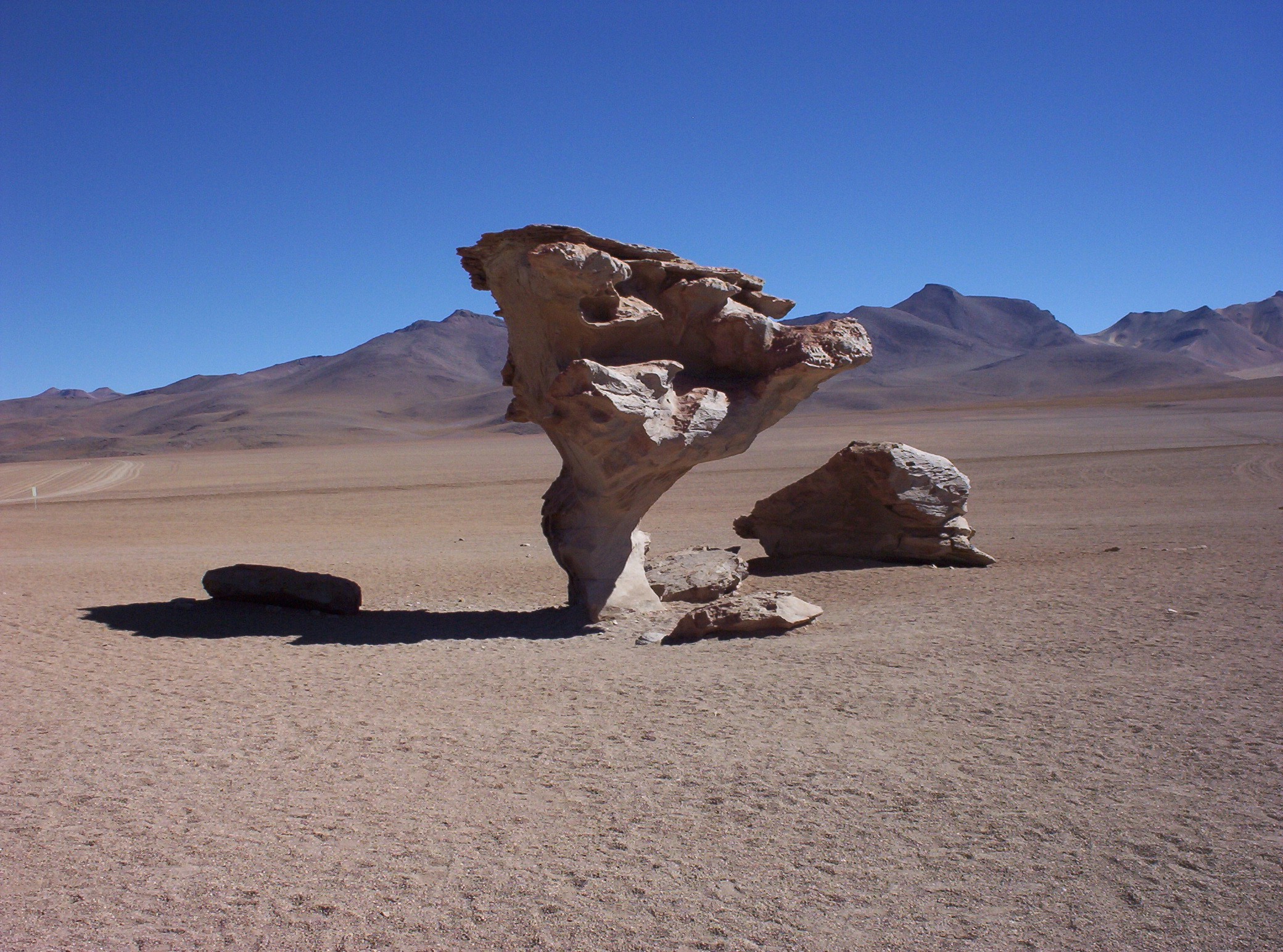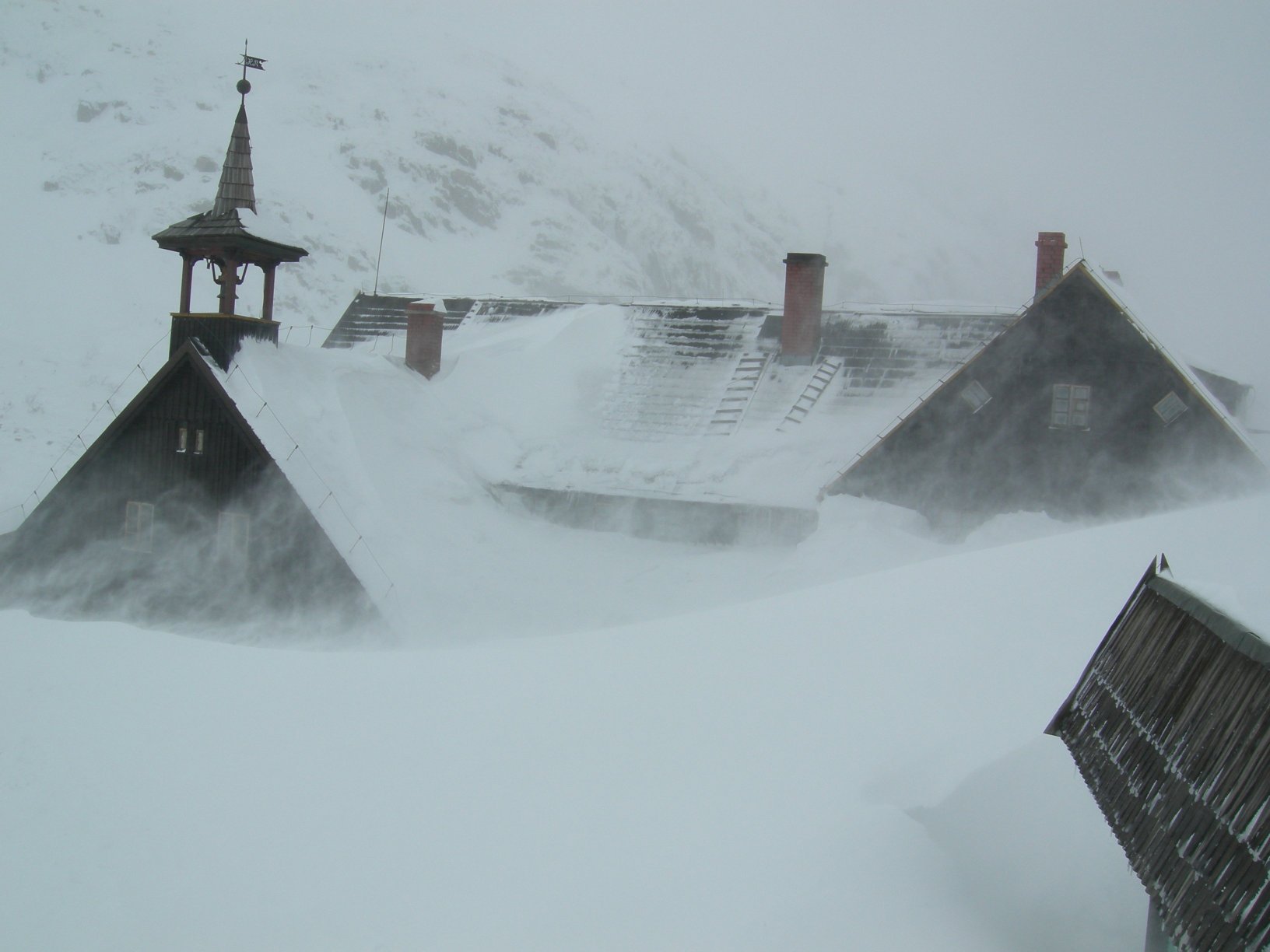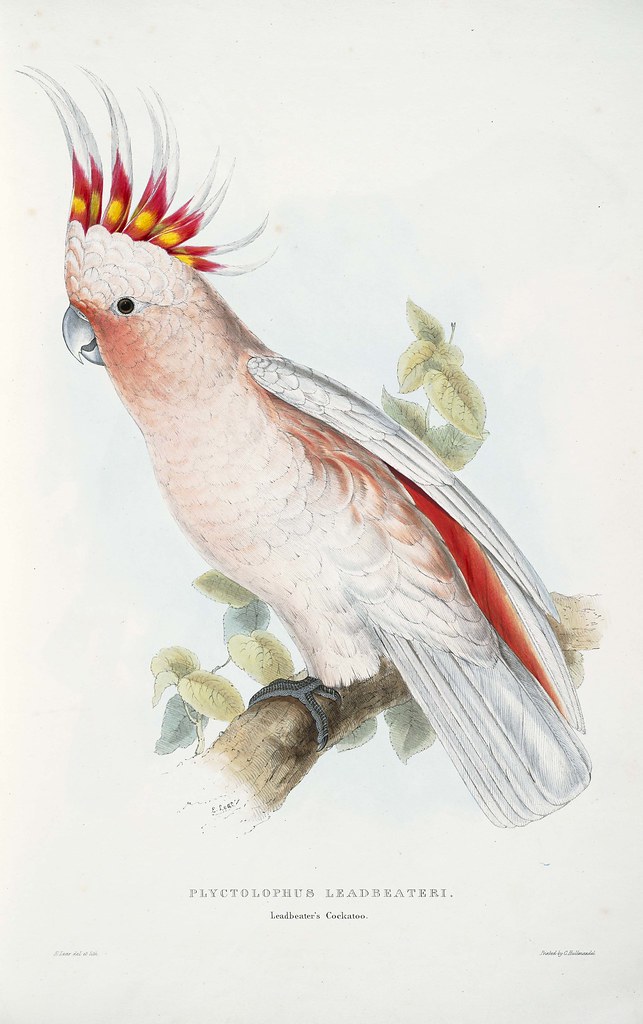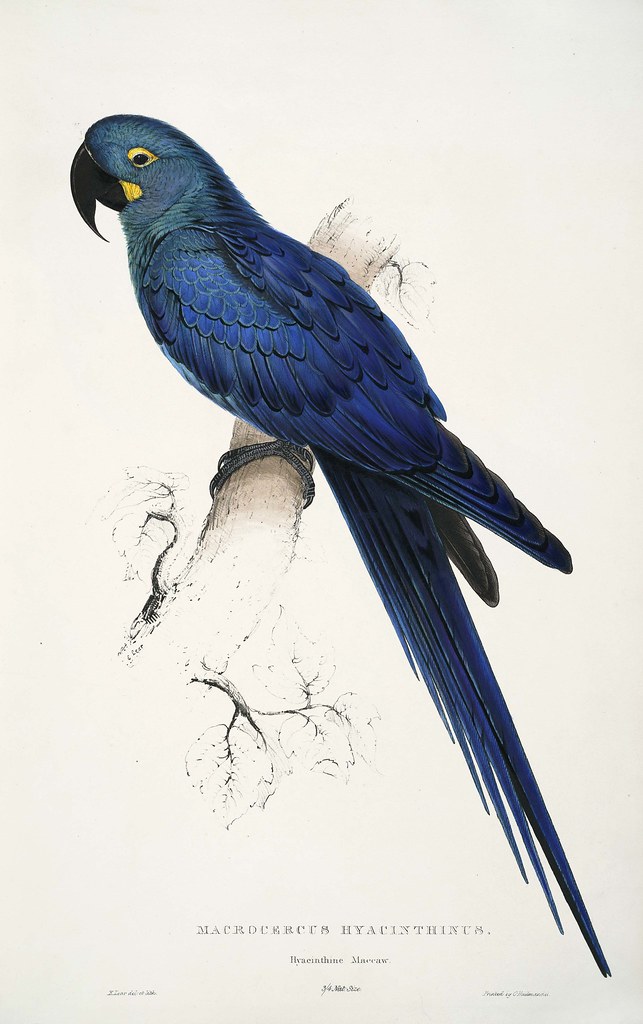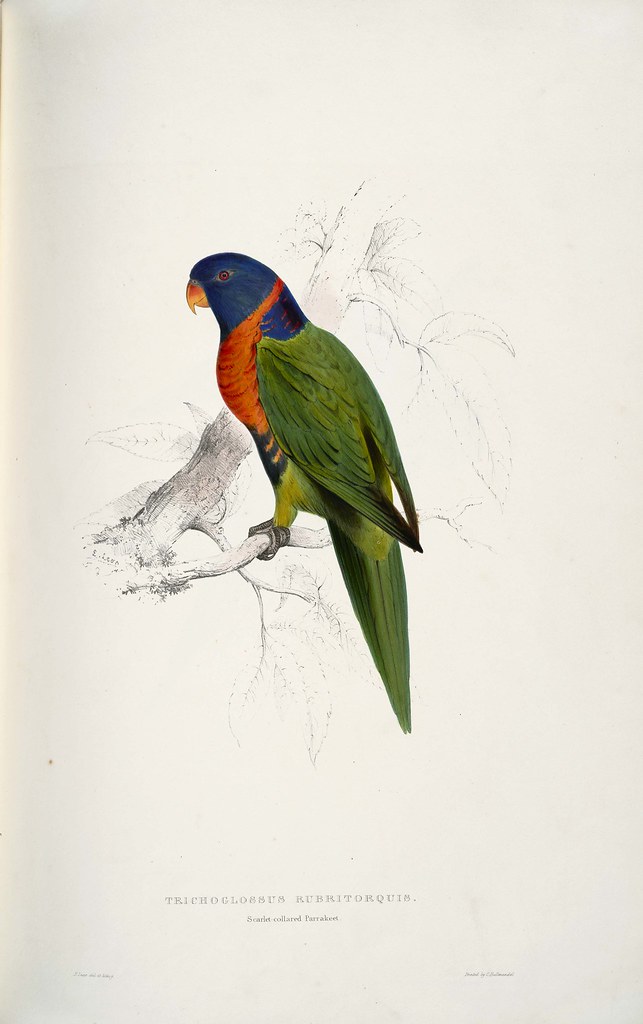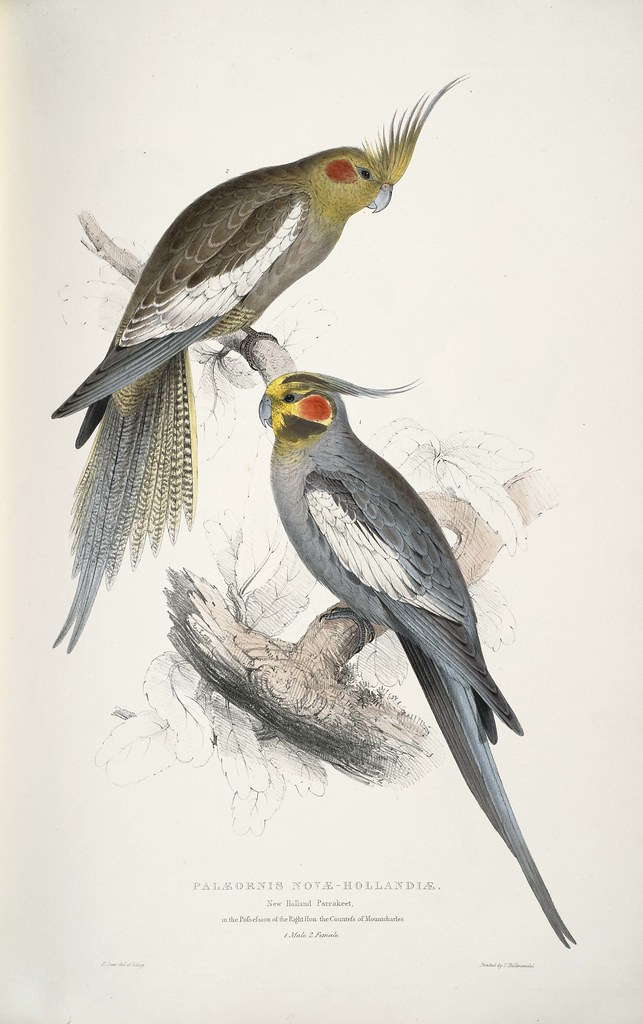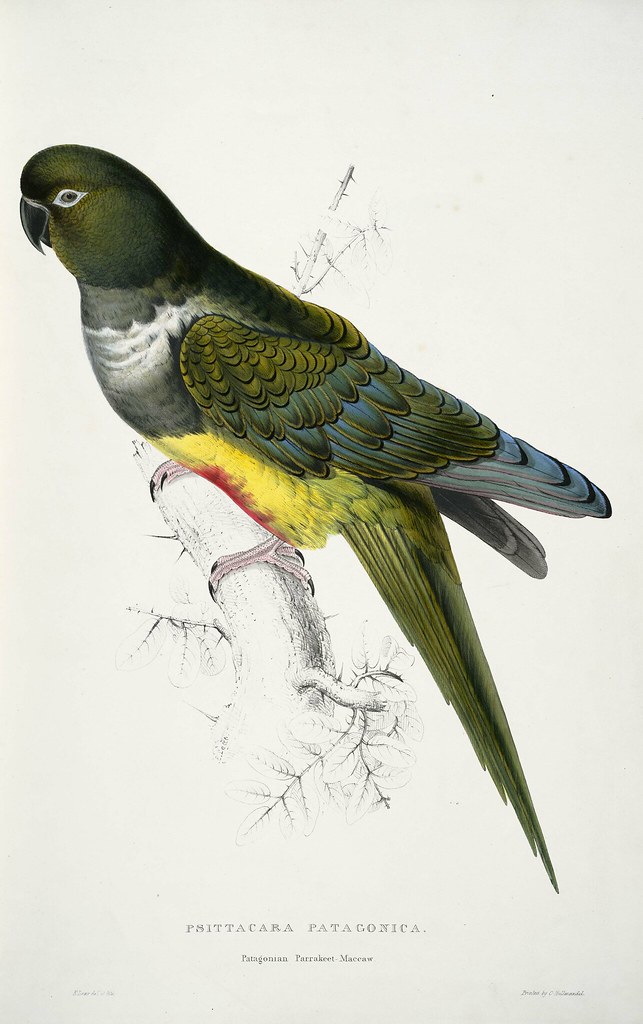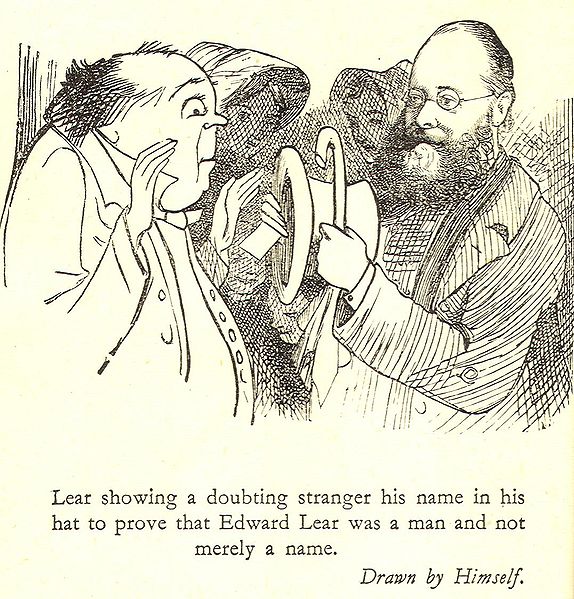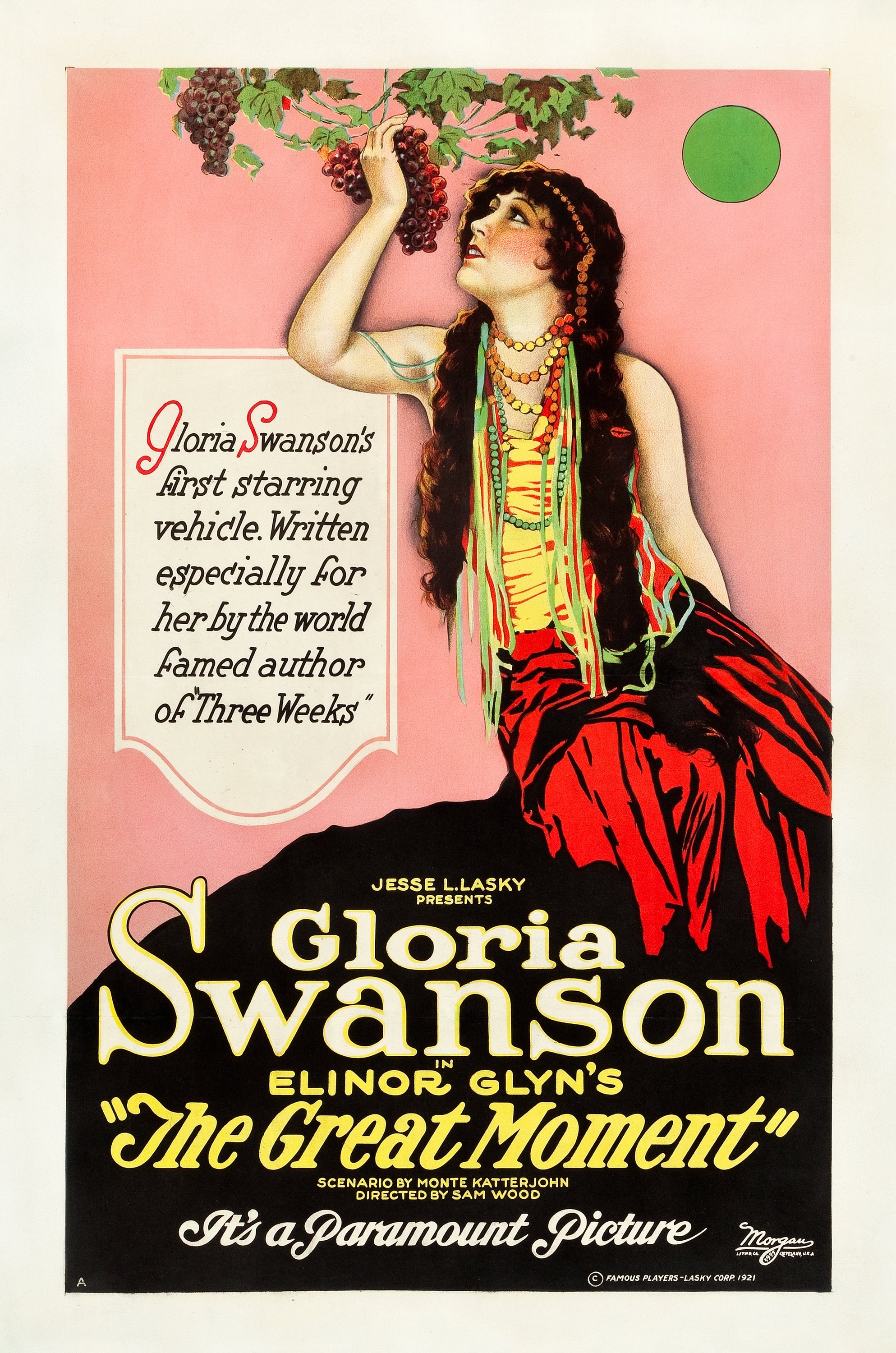
Gloria Swanson in The Great Moment (1921), film poster
Not you, lean quarterlies and swarthy periodicals
with your studious incursions toward the pomposity of ants,
nor you, experimental theatre in which Emotive Fruition
is wedding Poetic Insight perpetually, nor you,
promenading Grand Opera, obvious as an ear (though you
are close to my heart), but you, Motion Picture Industry,
it’s you I love!
In times of crisis, we must all decide again and again whom we love.
And give credit where it’s due: not to my starched nurse, who taught me
how to be bad and not bad rather than good (and has lately availed
herself of this information), not to the Catholic Church
which is at best an oversolemn introduction to cosmic entertainment,
not to the American Legion, which hates everybody, but to you,
glorious Silver Screen, tragic Technicolor, amorous Cinemascope,
stretching Vistavision and startling Stereophonic Sound, with all
your heavenly dimensions and reverberations and iconoclasms! To
Richard Bartelhmess as the "tol'able boy" barefoot and in pants,
Jeanette MacDonald of the flaming hair and lips and long, long neck,
Sue Carroll as she sits for eternity on the damaged fender of a car
and smiles, Ginger Rogers with her pageboy bob like a sausage
on her shuffling shoulders, peach-melba-voiced Fred Astaire of the feet,
Eric von Stroheim, the seducer of mountain climbers' gasping spouses,
the Tarzans, each and every one of you (I cannot bring myself to prefer
Johnny Weissmuller to Lex Barker, I cannot!), Mae West in a furry sled,
her bordello radiance and bland remarks, Rudolph Valentino of the moon,
its crushing passions and moonlike, too, the gentle Norma Shearer,
Miriam Hopkins dropping her champagne glass off Joel McCrea's yacht
and crying into the dappled sea, Clark Gable rescuing Gene Tierney
from Russia and Allan Jones rescuing Kitty Carlisle from Harpo Marx,
Cornel Wilde coughing blood on the piano keys while Merle Oberon berates,
Marilyn Monroe in her little spike heels reeling through Niagara Falls,
Joseph Cotten puzzling and Orson Welles puzzled and Dolores del Rio
eating orchids for lunch and breaking mirrors, Gloria Swanson reclining,
and Jean Harlow reclining and wiggling, and Alice Faye reclining
and wiggling and singing, Myrna Loy being calm and wise, William Powell
in his stunning urbanity, Elizabeth Taylor blossoming, yes, to you
and to all you others, the great, the near-great, the featured, the extras
who pass quickly and return in dreams saying your one or two lines,
my love!
Long may you illumine spaces with your marvelous appearances, delays
and enunciations, and may the money of the world glitteringly cover you
as you rest after a long day under the klieg lights with your faces
in packs for our edification, the way the clouds come often at night
but the heavens operate on the star system. It is a divine precedent
you perpetuate! Roll on, wheels of celluloid, as the great earth rolls on!
Gloria Swanson in Sadie Thompson (1928), lobby card 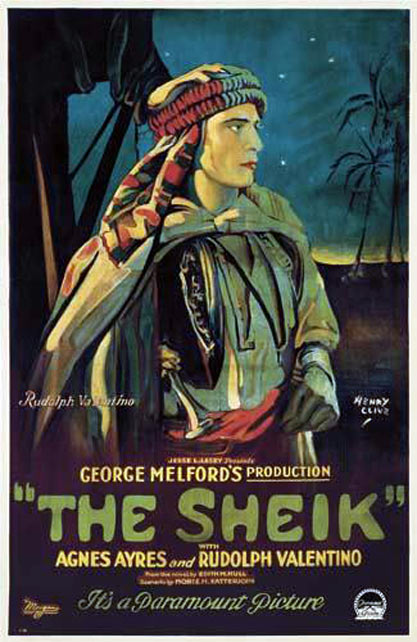
Rudolph Valentino in The Sheik (1926), film poster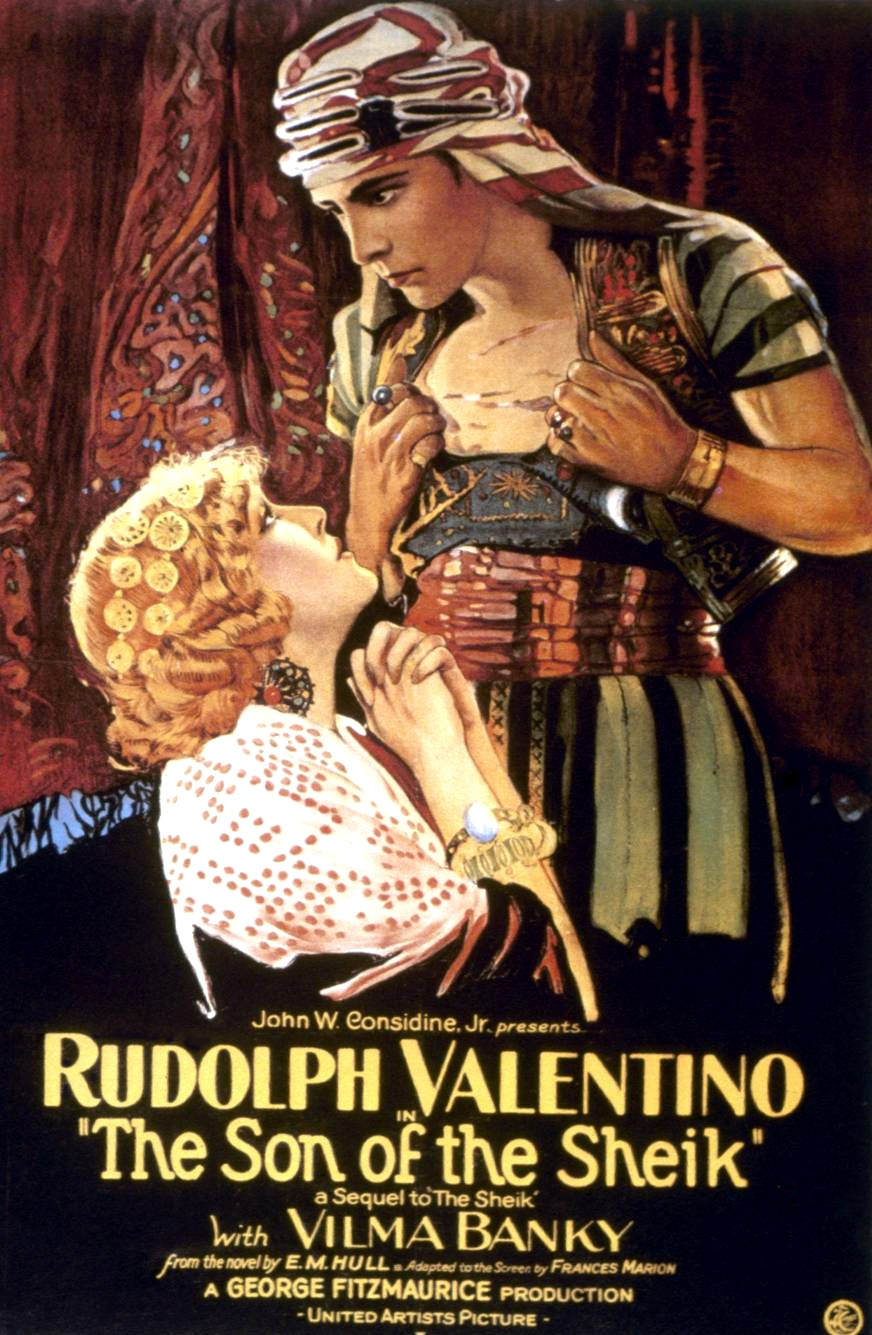
Rudolph Valentino in Son of the Sheik (1926), film poster 
Rudolph Valentino in Son of the Sheik (1926), film poster
Frank O'Hara: To the Film Industry in Crisis, 15 November 1955, from Meditations in an Emergency, 1957 (ms. draft has "mother" for "starched nurse", line 9)











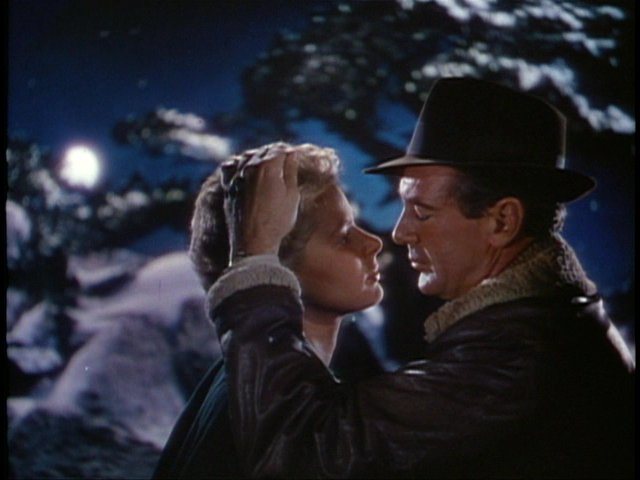
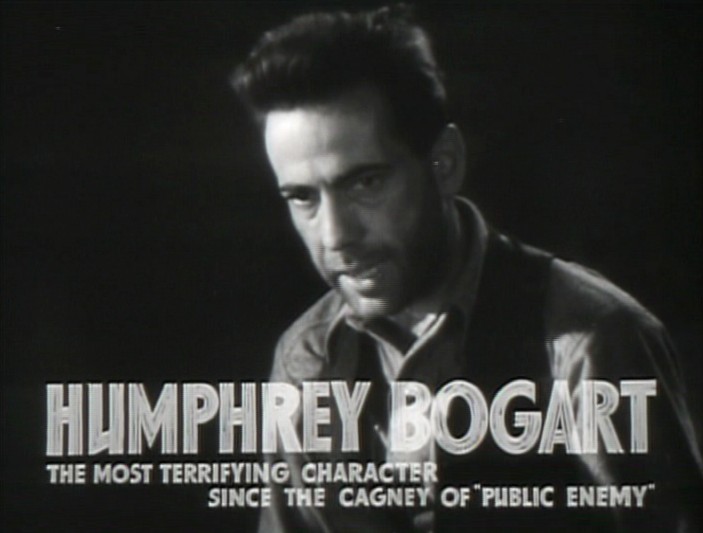














![[IMG_1434.JPG]](https://blogger.googleusercontent.com/img/b/R29vZ2xl/AVvXsEggEpWfigb5f43VjxDydXoAuw5rlcO8I5lkWZw5e0PcASqkxLKiyJa6ellTBWBKdxhSOUlhbw6n5pAifFw3Dm97bJtnqWVLRn9trrSWtU2tHVg5e3ziSyylK0lQRjXm6jJs0A2wnQAYipw8/s1600/IMG_1434.JPG)
![[IMG_1435.JPG]](https://blogger.googleusercontent.com/img/b/R29vZ2xl/AVvXsEj3Y5Bssq0nUnRxHy5c0SDJ7VjvUjk4xbRQCovSXNWl60YBe8b_uX9zFeN25zXwKB53bBWn_0DoHoBOrgsvggtTvOmMjHkzYlAKlFGUeBYqvkZ5-oPJUwJM9c-49NLcBzjQHQ6d8_TzuqcA/s1600/IMG_1435.JPG)


